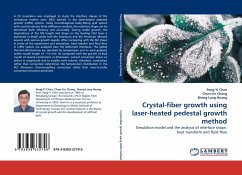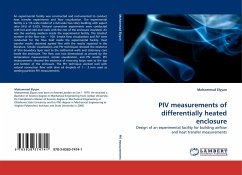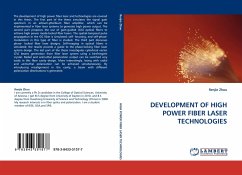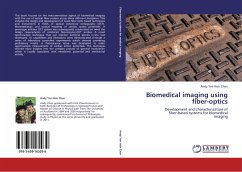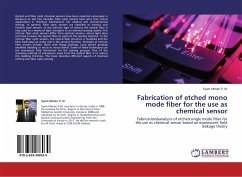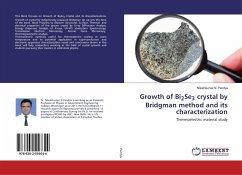A 2D simulation was employed to study the interface shpaes of the minisature molten zone (MZ) formed in the laser-heated pedestal growth (LHPG) system. Using non-othogonal body-fitting grid system with control-volume finite difference method, the interface shape can be detrmined both efficiency and accurately. During stable growth, the dependence of the MZ length and shape on the heating CO2 laser is examined in detail under boh the maximum and the minimum allowed powers with various growth speeds. After comparing with the MZ shape in terms of the experiment and simulation, heat transfer and fluid flow in LHPG system are analyzed near the deformed interfaces. The global thermal distributions are decribed by temperature and its axial gradient within model length of ~10 mm. As compared with the growth of bulk crystal of several centimeters in dimension, natural convection drops six orders in magnitude due to smaller melt volume; therefore, conduction rather than convection determines the temperature distribution in the MZ. Moreover, thermocapillary convection rather than mass-transfer convection becomes dominant.
Bitte wählen Sie Ihr Anliegen aus.
Rechnungen
Retourenschein anfordern
Bestellstatus
Storno

